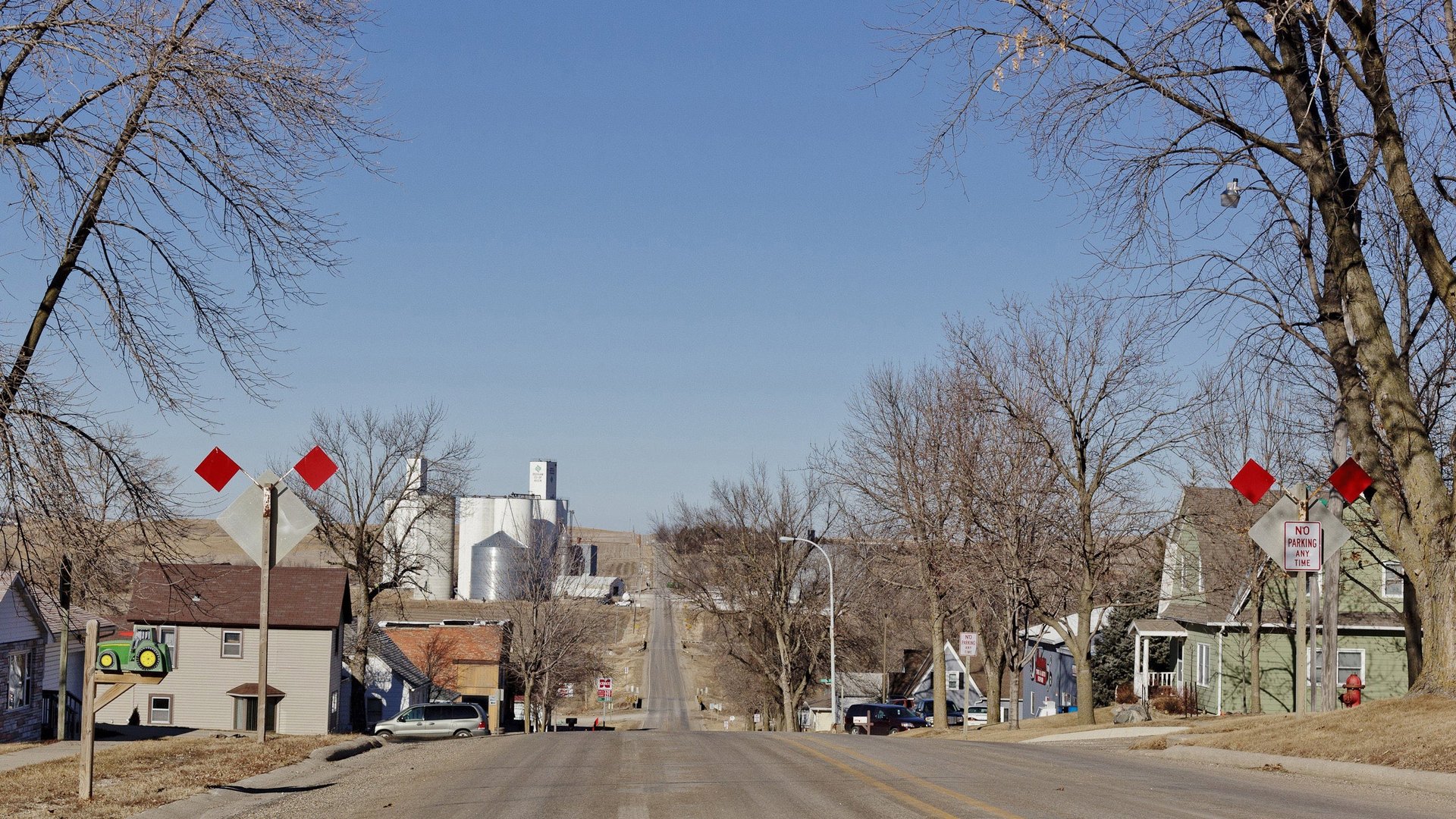America’s digital divide is even more urgent during the pandemic
From Zoom calls with middle school teachers to ordering grocery delivery online, much of daily life during the Covid-19 pandemic in the United States is now digital. But for the millions of Americans who live in its sparsely populated rural regions, easy and affordable options for high-speed internet simply don’t exist.


From Zoom calls with middle school teachers to ordering grocery delivery online, much of daily life during the Covid-19 pandemic in the United States is now digital. But for the millions of Americans who live in its sparsely populated rural regions, easy and affordable options for high-speed internet simply don’t exist.
Low-income residents in both rural and urban areas, groups both likely to be impacted by the so-called digital divide, are facing its consequences more strongly than ever. Schools, public libraries, and many workplaces, once a free source of internet access, are shut down. Filing for unemployment or SNAP benefits, a reality for a record number of Americans, must be done online, as many states have closed physical offices for public assistance programs. The quickest way to receive the $1,200 CARES Act stimulus benefit from the IRS is to set up direct deposit online; a paper check could delay payment for weeks.
For the most-connected citizens in the US, keeping up with the minute-by-minute barrage of information on the Covid-19 pandemic—stay-at-home orders, the nearest location for a test, public health recommendations from WHO or the CDC on wearing a mask—is already a challenge. For those who lack internet access in a pandemic, such an information gap can impact their health and safety.
Unlike their urban counterparts, low-income rural Americans may also live in digital deserts, entire communities in states from Alaska to Oklahoma that aren’t served by a single internet provider. In 2019, the FCC estimated that 5 million Americans lived in such deserts.
An even larger group lack access to high-speed, or broadband internet, which the FCC classifies as a minimum speed of 25 Mbps/3 Mbps. While a single person living alone with a single device may find an internet speed somewhere around 8 Mbps to be adequate for telecommuting or even watching Netflix, the FCC recommends speeds of anywhere between 12 to 25 Mbps for households with multiple members and devices.
With most Americans sequestered to their homes for work and school, such a category likely applies to more households than ever. As the number of smartphones and the use of videoconferencing platforms like Zoom or streaming video increase, so does the use of bandwidth.
With much of the American workforce at home, a basic internet speed may no longer suffice. “It’s certainly not going to get you so far if you have four people working at home,” said Shirley Bloomfield, CEO of the Rural Broadband Association of the NTCA, the trade group that represents small, rural broadband providers.
For a long time, internet providers simply lacked the financial incentive to to install infrastructure like fiber-optic cables in regions with few potential customers. “In rural America, a lot of [of the disparity] has to do with the ability to deploy out there. You look at networks in those areas where there might be four or five people. The cost is really high,” said Bloomfield.
The FCC has estimated that roughly 21 million Americans lived in areas that lacked access to broadband internet, but experts have expressed skepticism of that number. Back in February, Broadband Now issued a report that suggested the FCC had undercounted in many states, primarily those with large rural populations, and that in fact a total of 42 million Americans lacked access to broadband.
When ranked by percentage of population without access to broadband, those that topped the list were all states with large rural populations, such as Arkansas, Oklahoma, Mississippi, and Alaska.
Still, the number of those without access to high-speed internet could be even higher—a Microsoft report from last year put it at 162.8 million Americans.
The $2 trillion CARES Act stimulus package includes $120 million to pad the US Agriculture Department’s Rural Utilities Service (RUS) Program, which doles out loans and grants for distance learning and telehealth initiatives in rural communities. But it’s not nearly enough to address the digital divide during the pandemic.
“It’s literally just a teeny, tiny drop in the bucket,” said Bloomfield.
Schools in states from South Carolina to Arkansas are resorting to creative measures to reach their students without internet access at home. South Carolina has dispatched school buses equipped with WiFi to low-income neighborhoods. Arkansas, a state where virtually all the public K-12 schools are connected to broadband, has the lowest rate of access to broadband statewide. Some schools in Arkansas, now shuttered, have opened up their parking lots so families without internet access can park and access the school’s wireless network.
Major telecom providers such as Comcast, Cox, and Spectrum have stepped in, offering free or discounted internet access to families who qualify for public assistance, such as free school or SNAP benefits. But the free service is only for a limited time; both Comcast and Spectrum are offering 60 days for free, Cox is offering the first month for free.
Currently, legislation that would create a $2 billion fund for rural telecom operators to provide internet access for free or discounted rates to students during the pandemic have been introduced in both the House and Senate. But even if that passes, millions of Americans without children are still left disconnected.